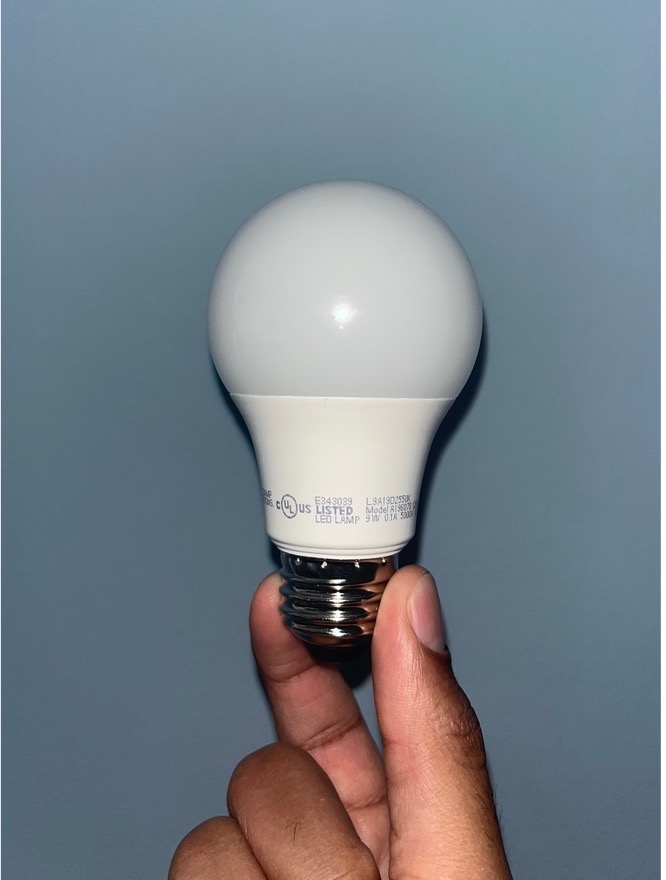LED lightbulbs are an improved option for sustainability
Written by: Rashawn Merchant
With the recent reporting of the Biden Administration’s plan to phase out fluorescent light bulbs, it’s now an excellent time to consider additional energy changes for the year. Energy emissions comprise the biggest contribution to the greenhouse gas effect, and it’s in our best interest to phase out inefficient carbon systems. Ones that rely on renewable energy would be much more beneficial than previous models. Cleaner energy is better for the planet and can help customers save money in the long run. As money is on most of our minds, it’d be a great way to accomplish two goals.
The Department of Energy proposed increasing the efficiency of all light bulbs produced and distributed in the United States. The current standard for bulbs is 45 lumens per watt, and the increase would double it to above 120 lumens per wattage. LEDs are highly efficient and, with Energy Star ratings, can use at least 75% less energy and can last up to 25 times longer than incandescent lighting, according to the Department of Energy.
In addition, as we prepare for the upcoming spring season, it’ll be best to find alternative ways to control the heating and cooling of your home. Often times we let our thermostats run rampant, but with close monitoring, you can reduce your home’s energy demand. The DOE recommends setting your thermostat back by 7-10 degrees Fahrenheit for about 8 hours a day. Lisa Smith at Investopedia suggests reducing the difference between indoor and outdoor temperatures so you can reduce energy loss. Indoor fans are an excellent supplement when you only need temperature adjustments in specific home parts. That way, you aren’t blowing excess air into spaces not being occupied.

Rashawn Merchant/Earth Shiners
Energy usage changes do not have to be confined to just your home. Whether for leisure or work, transportation is a vital part of everyone’s life. According to the Kansas City Area Transportation Authority, approximately 85 percent of greenhouse gas emissions from the transportation sector are related to surface roadways. This means that family cars are the bulk of the added harm we cause to the planet. Public transportation is a great way to conserve energy and save money on costly fuel expenses. By stopping the use of just one car during a 20-mile commute, more than 48,000 pounds of CO2 emissions can be saved annually. Imagine that number multiplied by the millions of daily commuters who often take a long journey to and from work each day. It’s important to note that many cities aren’t well equipped with public transportation options. In cities like Atlanta and Los Angeles, train stops occur based on miles compared to New York, with stations within hundreds of feet of each other. Public transportation will have to be advocated for, especially against anti-spending initiatives. The benefits would certainly be worth it.
Thanks for reading!
Copyright 2023 Earth Shiners Creative LLC
Earthshiners@earthshinersmagazine.com
Leave a Reply